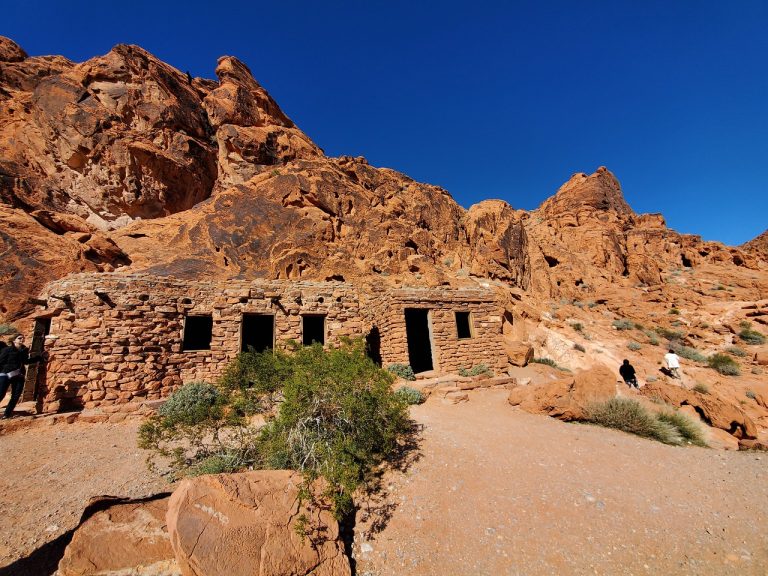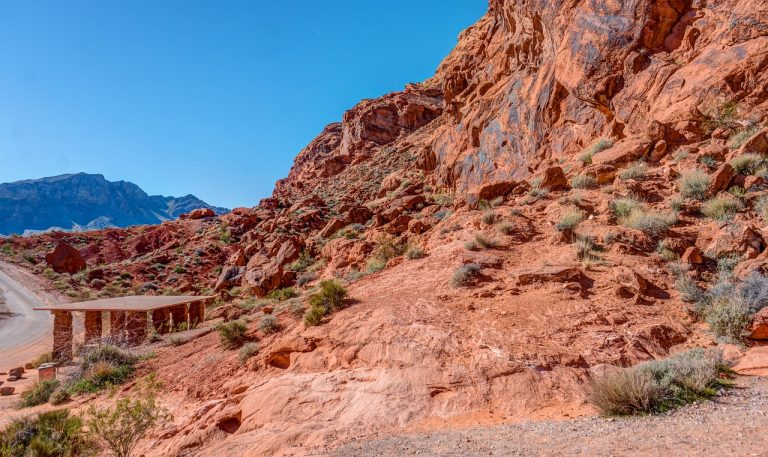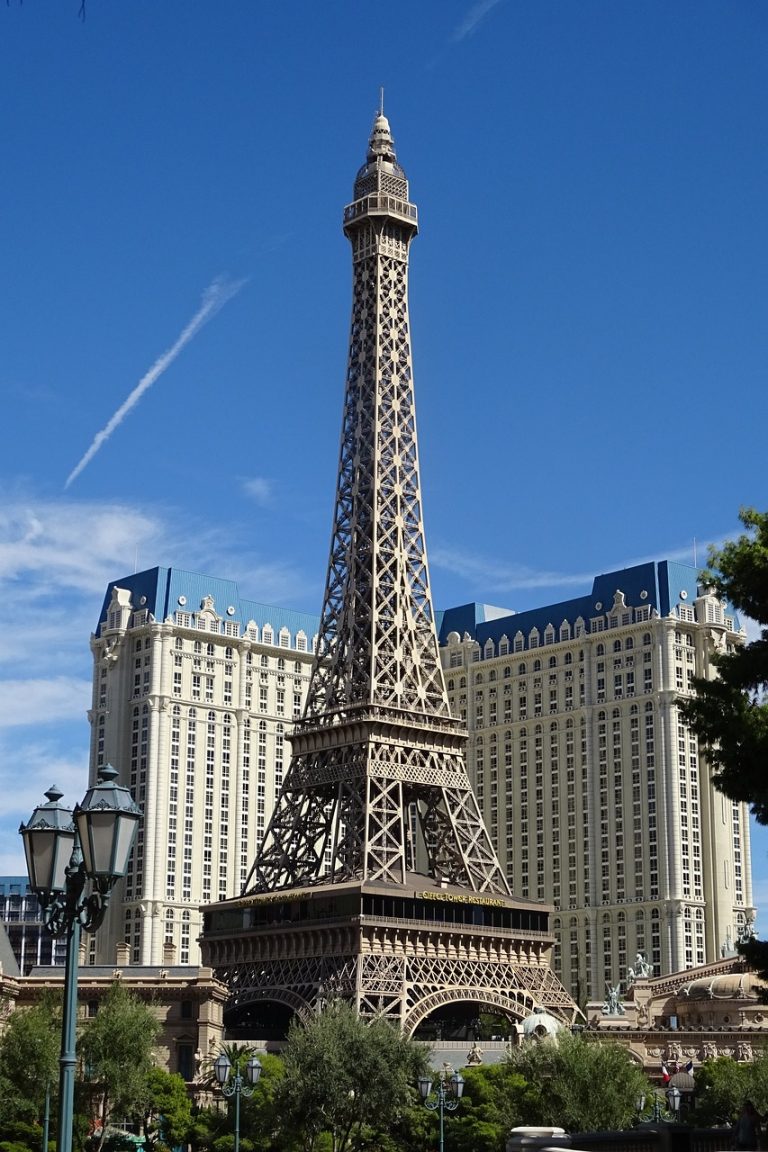Las Vegas Nevada Video
The Origins of Las Vegas
Las Vegas, Nevada, known as the “Entertainment Capital of the World,” has a rich cultural evolution that traces back to its origins. The city was founded in 1905 and emerged as a railroad town in the early 20th century. Initially, Las Vegas was a stopover on the pioneer trails to California, but its potential as a hub for trade and commerce quickly became evident.
- Growth as a Railroad Town: The construction of the San Pedro, Los Angeles, and Salt Lake Railroad brought an influx of workers and settlers to the area, kick-starting the growth of Las Vegas.
- Water and Electricity: The completion of Hoover Dam in 1935 provided a reliable water and electricity source to Las Vegas, fueling further development and growth.
- Legalization of Gambling: In 1931, gambling was legalized in Nevada, including Las Vegas. This decision had a profound impact on the city’s cultural evolution, shaping it into a world-renowned destination for entertainment and gaming.
The railroad facilitated transportation and trade, attracting businesses and entrepreneurs to establish themselves in the budding town.
The availability of water and electricity allowed for the establishment of industries and the growth of the city’s infrastructure.
With the legalization of gambling, Las Vegas became a hotspot for casinos, attracting visitors from around the world and transforming the city’s economy.

The Rise of the Las Vegas Strip
The Las Vegas Strip is a legendary stretch of South Las Vegas Boulevard that has become synonymous with the city’s cultural evolution. This iconic destination is home to numerous resorts, casinos, and entertainment venues that have shaped the city’s identity.
- The Flamingo: The opening of The Flamingo in 1946 by mobster Bugsy Siegel marked the beginning of the modern era of resort development in Las Vegas.
- Entertainment Extravaganza: The 1950s and 1960s witnessed a boom in entertainment in Las Vegas, with famous performers like Frank Sinatra, Elvis Presley, and Liberace headlining shows in the city’s resorts.
- Mega-Resorts and Theme Hotels: Starting in the 1980s, Las Vegas saw the rise of mega-resorts and theme hotels, each with its unique design and attractions.
The Flamingo set the stage for the construction of luxurious resorts and hotels along the Strip, attracting tourists with its lavish amenities and entertainment offerings.
This era cemented Las Vegas as the entertainment capital, drawing visitors from around the world to experience the glitz and glamour of the Strip.
Properties like The Mirage, Bellagio, and Caesars Palace became iconic landmarks, offering visitors a diverse range of experiences and entertainment options.
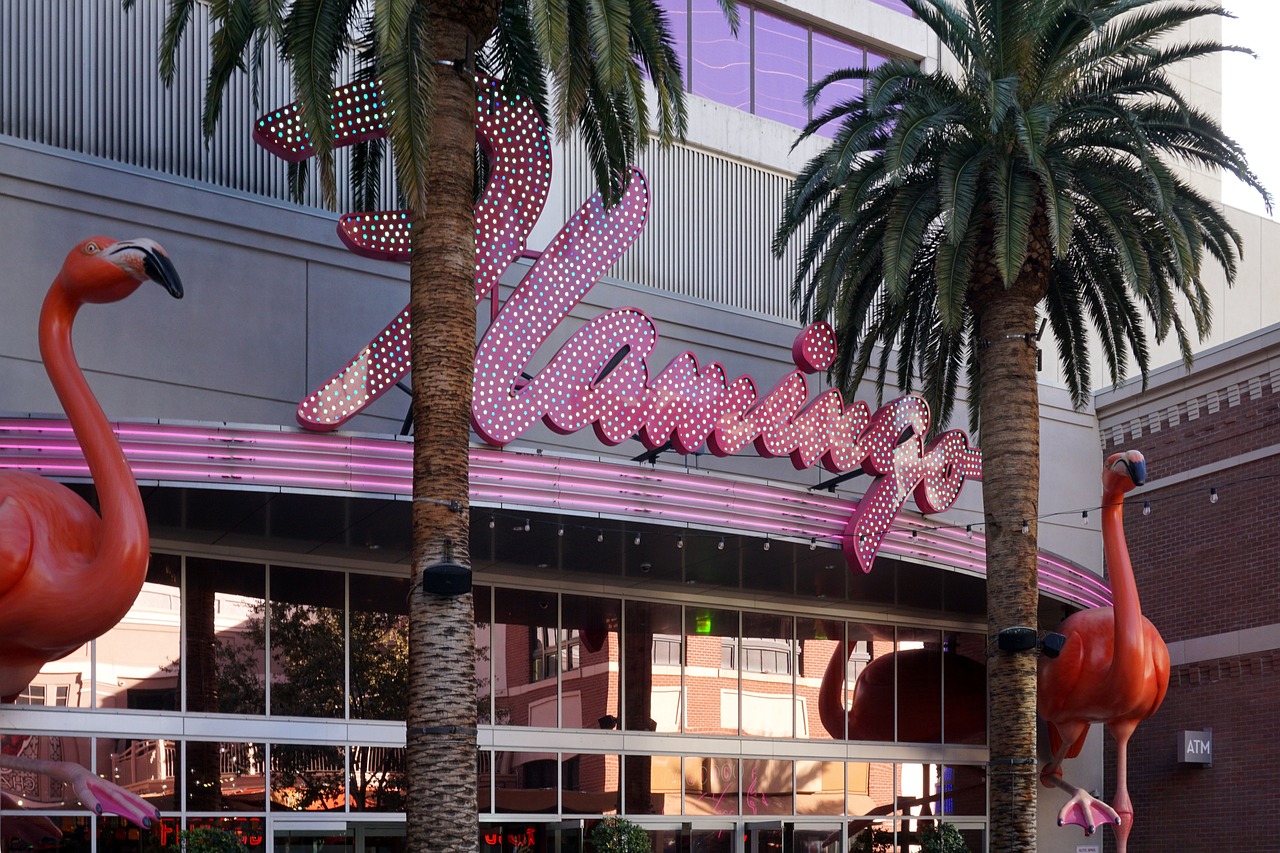
The Diversification of Las Vegas
While Las Vegas is primarily known for its entertainment and gaming industry, the city has undergone a significant diversification in recent decades, expanding its cultural offerings beyond the Strip.
- Arts and Culture: Las Vegas has invested in developing its arts and culture scene, with the establishment of institutions like the Smith Center for the Performing Arts and the Neon Museum.
- World-Class Dining: The culinary scene in Las Vegas has flourished, attracting renowned chefs and offering a diverse range of dining options.
- Sports and Recreation: Las Vegas has embraced professional sports with the arrival of major league teams like the NHL’s Vegas Golden Knights and the NFL’s Las Vegas Raiders.
These cultural institutions provide residents and visitors with opportunities to explore visual arts, theater, music, and the city’s unique history.
From celebrity chef restaurants to innovative food concepts, Las Vegas has become a food lover’s paradise, showcasing cuisines from around the world.
Additionally, the city offers various outdoor recreational activities, including hiking, golfing, and boating at nearby Lake Mead.
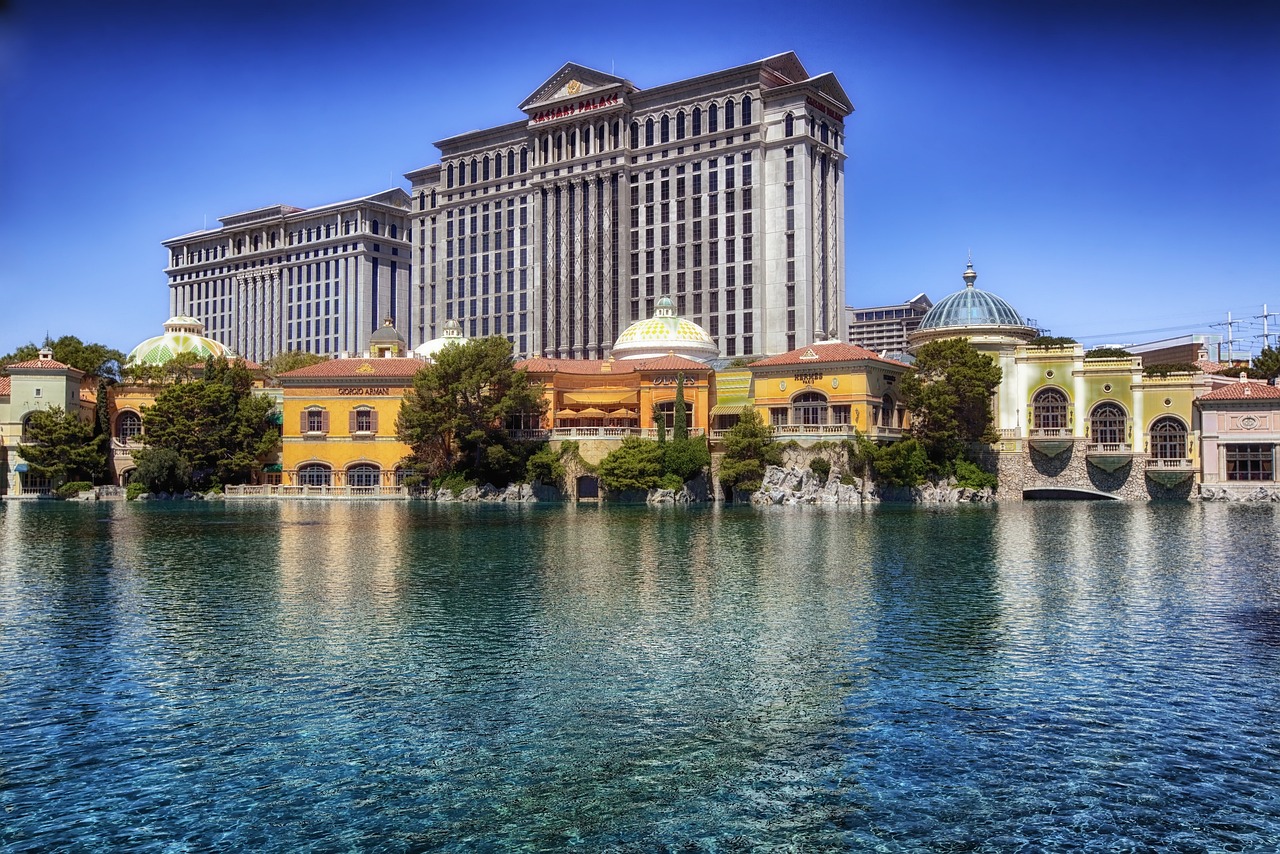
The Impact of Technology and Innovation
Las Vegas has continually embraced technology and innovation, contributing to its cultural evolution in various ways.
- Smart City Initiatives: Las Vegas has implemented smart city initiatives, utilizing technology to improve services and enhance the quality of life for residents and visitors.
- Virtual Reality and Augmented Reality: The city has leveraged virtual reality and augmented reality technologies to enhance visitor experiences.
- Blockchain and Cryptocurrency: Las Vegas has become a hub for blockchain and cryptocurrency innovation.
These initiatives include smart transportation systems, energy-efficient infrastructure, and the integration of technology into public spaces.
From virtual reality rides at theme parks to augmented reality tours of historic sites, Las Vegas offers innovative ways to engage with its attractions.
The city hosts conferences and events focused on blockchain technology, attracting professionals and enthusiasts from around the world.
The Cultural Melting Pot
Las Vegas is a cultural melting pot, with a diverse population that contributes to its vibrant and dynamic atmosphere.
- International Influence: The city’s entertainment industry attracts performers and artists from diverse backgrounds, contributing to a global exchange of cultures.
- Immigrant Communities: Las Vegas is home to vibrant immigrant communities, each bringing their unique traditions and cuisine to the city.
- Festivals and Celebrations: Las Vegas hosts a variety of cultural festivals and celebrations throughout the year.
Visitors can experience shows featuring artists from around the world, including music, dance, and theatrical performances.
From Chinatown to Little Ethiopia, these cultural enclaves offer residents and visitors a glimpse into different cultures.
Events like the Chinese New Year Parade, Cinco de Mayo celebrations, and cultural heritage festivals showcase the city’s multiculturalism.
Preserving History and Heritage
Las Vegas recognizes the importance of preserving its history and heritage, ensuring that future generations can appreciate the city’s cultural evolution.
- Historic Preservation: The city has designated historic districts and landmarks, protecting buildings and sites of cultural significance.
- Museums and Exhibits: Las Vegas is home to museums and exhibits that showcase the city’s history and heritage.
- The Neon Boneyard: The Neon Boneyard is a unique outdoor museum that preserves and displays iconic neon signs from Las Vegas’s past.
These preservation efforts aim to maintain the authenticity and charm of Las Vegas’s early days.
From the Mob Museum, which explores the city’s connection to organized crime, to the Las Vegas Natural History Museum, there are numerous opportunities to delve into the city’s past.
Visitors can take guided tours to learn about the history of these signs and their significance to the city’s cultural identity.
The Future of Las Vegas
As Las Vegas continues to evolve, the city looks toward the future with ambitious plans and innovative projects.
- Sustainable Development: Las Vegas aims to become a leader in sustainable development, implementing green initiatives and renewable energy projects.
- Technological Advancements: Las Vegas will continue to embrace technological advancements to enhance visitor experiences and improve city services.
- Cultural Diversity: Las Vegas will further celebrate and embrace its cultural diversity, fostering inclusivity and promoting cultural exchange.
The city is committed to reducing its environmental impact while maintaining its position as a global destination.
From self-driving shuttles to advanced data analytics, the city will leverage technology to stay at the forefront of innovation.
Through festivals, events, and community initiatives, the city will continue to showcase the richness of its multicultural heritage.
Conclusion
From its humble beginnings as a railroad town to its status as a global entertainment capital, Las Vegas Nevada has undergone a remarkable cultural evolution. The city’s growth, diversification, and embrace of technology have contributed to its unique identity. With its vibrant entertainment scene, diverse population, and commitment to preserving its history, Las Vegas continues to captivate visitors from around the world. As the city looks toward the future, it remains a beacon of innovation, sustainability, and cultural exchange.
References
- lasvegasnevada.gov
- smithcenter.org
- neonmuseum.org
- lasvegasnevada.gov/smartcity
- lasvegasnevada.gov/historicpreservation



